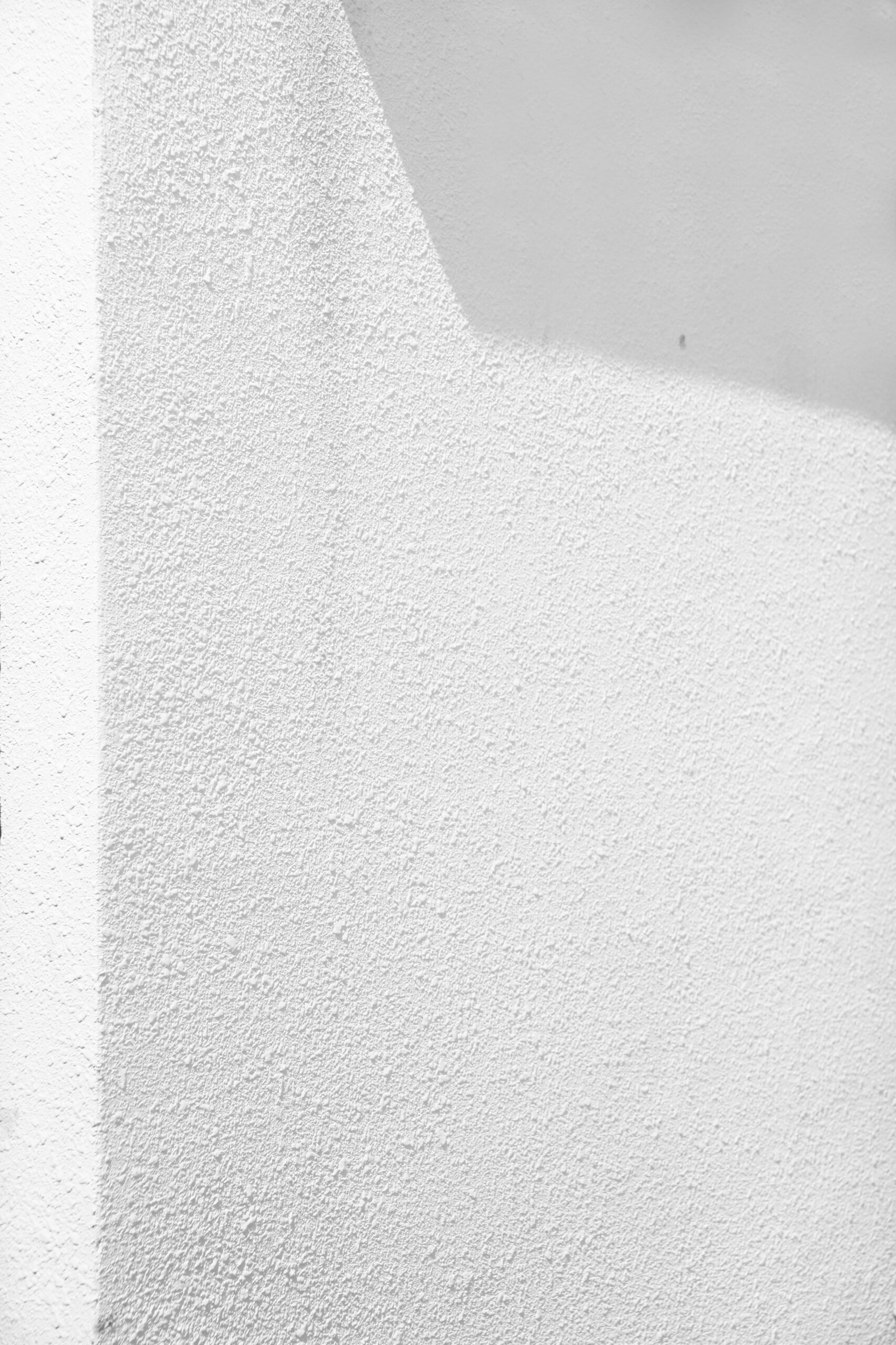Okay, so let me tell ya a little story about a time I did some home renovation. I was all excited to repaint the living room, but my wife was all up in my grill about the paint being “breathable.”
I had no idea what she meant, so I just nodded and agreed to get her off my case.
Long story short, I ended up using some fancy schmancy “breathable” paint and now our walls feel like they can inhale and exhale.
It’s real funny, but I learned my lesson: “breathable” paint is actually a real thing, and it’s pretty important.
But enough about my renovation fail, let’s talk about Dulux and their breathable paint offerings. Dulux does offer a breathable paint, specifically their Heritage Emulsion. So let’s dive into what exactly breathable paint is, why it matters, and if all paint is breathable.
Table of Contents
What is “Breathable” Paint?
When people talk about “breathable” paint, they’re usually referring to paint that allows water vapor to pass through it. This is important for the health of the structure of your home.
When walls aren’t able to “breathe,” it can lead to moisture build-up and mold growth, which ain’t no good.
Breathable paint helps to prevent this by allowing the walls to “breathe” and release any trapped moisture.
Is Dulux Heritage Emulsion Breathable?
The short answer is yes, Dulux Heritage Emulsion is a breathable paint. It is specially formulated to allow moisture to escape from the walls, preventing issues like mold growth.
It’s also a water-based paint which is typically more breathable than oil-based paint, so it’s a double win.
Are All Paints Breathable?
Nope, not all paints are breathable. Oil-based paint, for example, is less breathable than water-based paint.
It’s also worth noting that not all water-based paints are created equal in terms of breathability. So, it’s always worth checking the product information and asking the manufacturer about the breathability of their paint.
FAQ – Frequently Asked Questions
What are the difference between breathable and non-breathable paint?
Breathable paint allows water vapor to pass through it, preventing moisture build-up and mold growth. Non-breathable paint, on the other hand, creates a barrier that doesn’t allow moisture to escape.
Is it important to use breathable paint?
Yeah, it’s definitely important to use breathable paint to prevent moisture build-up and mold growth in your home. It’s also important to maintain the overall health and longevity of your home’s structure.
Can I paint over a non-breathable paint with a breathable one?
It depends on the condition of the existing paint. If it’s in good condition and not peeling or chipping, it’s possible to paint over it with a breathable paint.
But if the existing paint is in poor condition, it’s best to remove it completely before applying a breathable paint. It’s also worth consulting a professional for their advice on the best course of action.
The Bottom Line
In short, breathable paint is an important aspect to consider when repainting your home. It can prevent moisture build-up and mold growth, and ultimately preserve the structure of your home.
And, Dulux does offer a breathable paint option with their Heritage Emulsion.
So, if you’re planning on doing some home renovations and want to make sure your walls can breathe easy, give Dulux’s breathable paint a look. And, ya know, don’t make the same mistake I did and ignore the importance of breathable paint.
